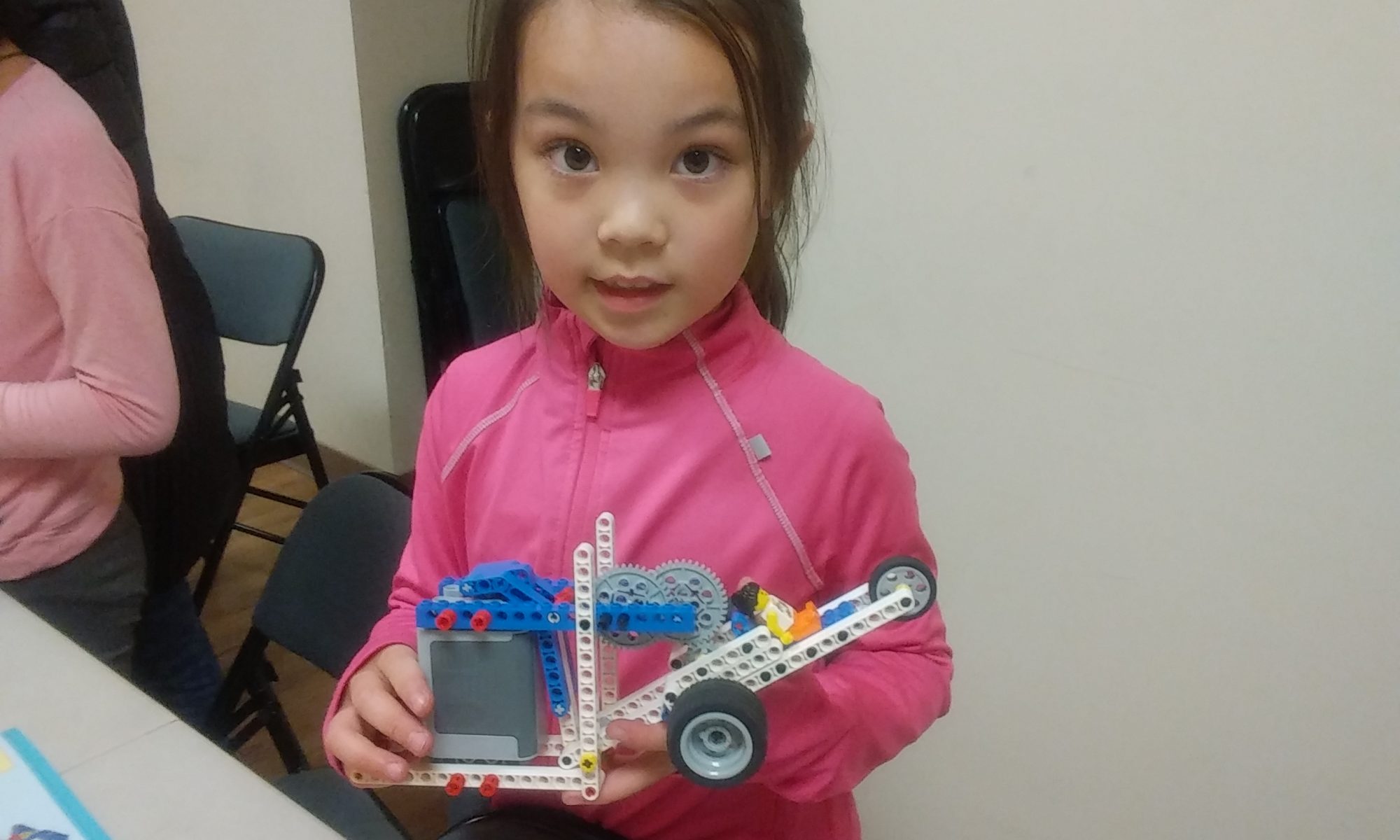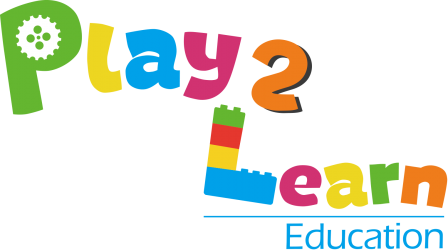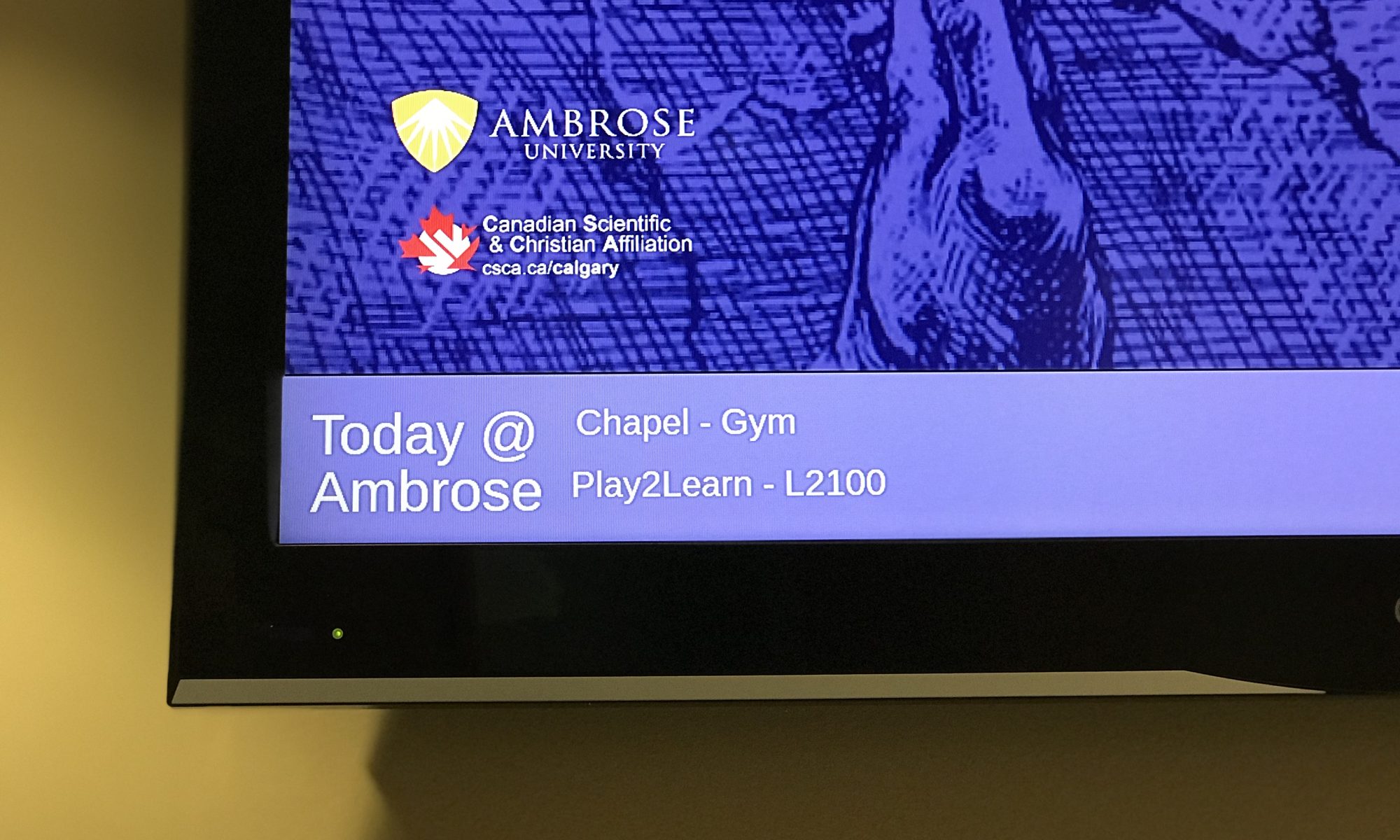This time around we built the dragster and it’s launcher, all the students were able to complete the build.
Ethan, Yiming, and Lenix work very well together often asking eachother for help. Their enthusiasm for building shows, though it would be nice if they would take to their assignments with such vigor. While they are usually loud this time around they were relatively quiet and respectful.
Olivia’s attention to detail is keen and her organization abilities are excellent.
Jenna was the first to finish today and she seems to have a decent spatial awareness though I have not been able to reliably prove this just yet.
While the students were reluctant to clean up this is expected and they did a wonderful job of putting their part back this time around












